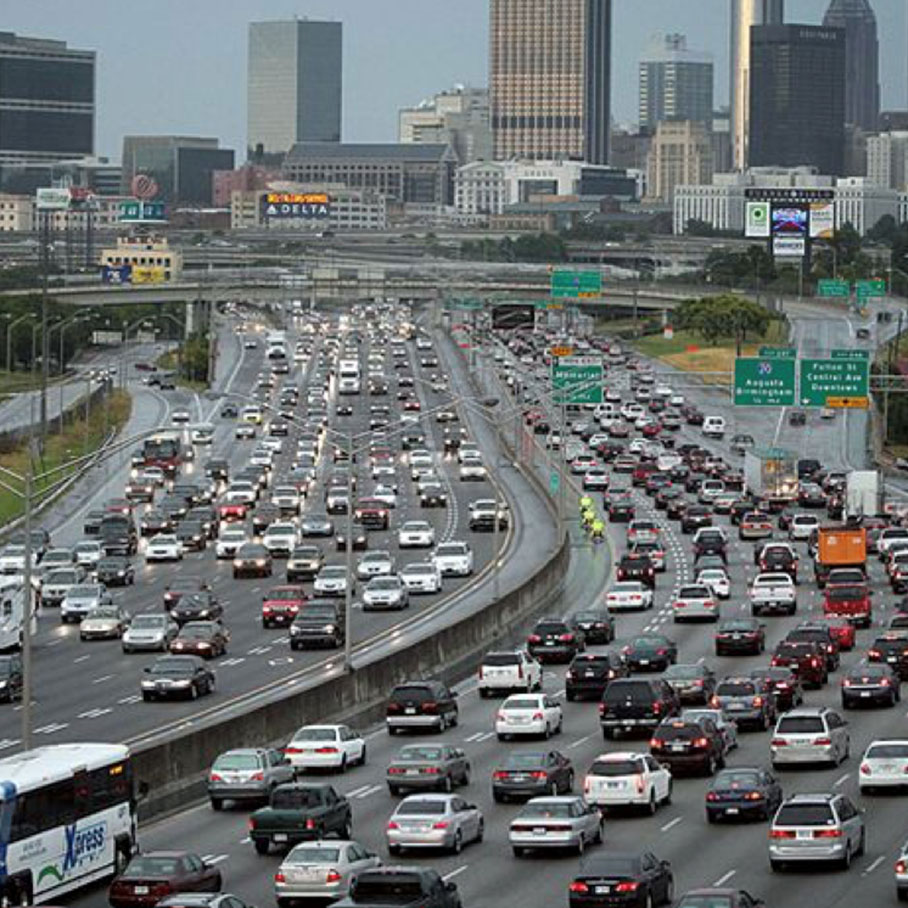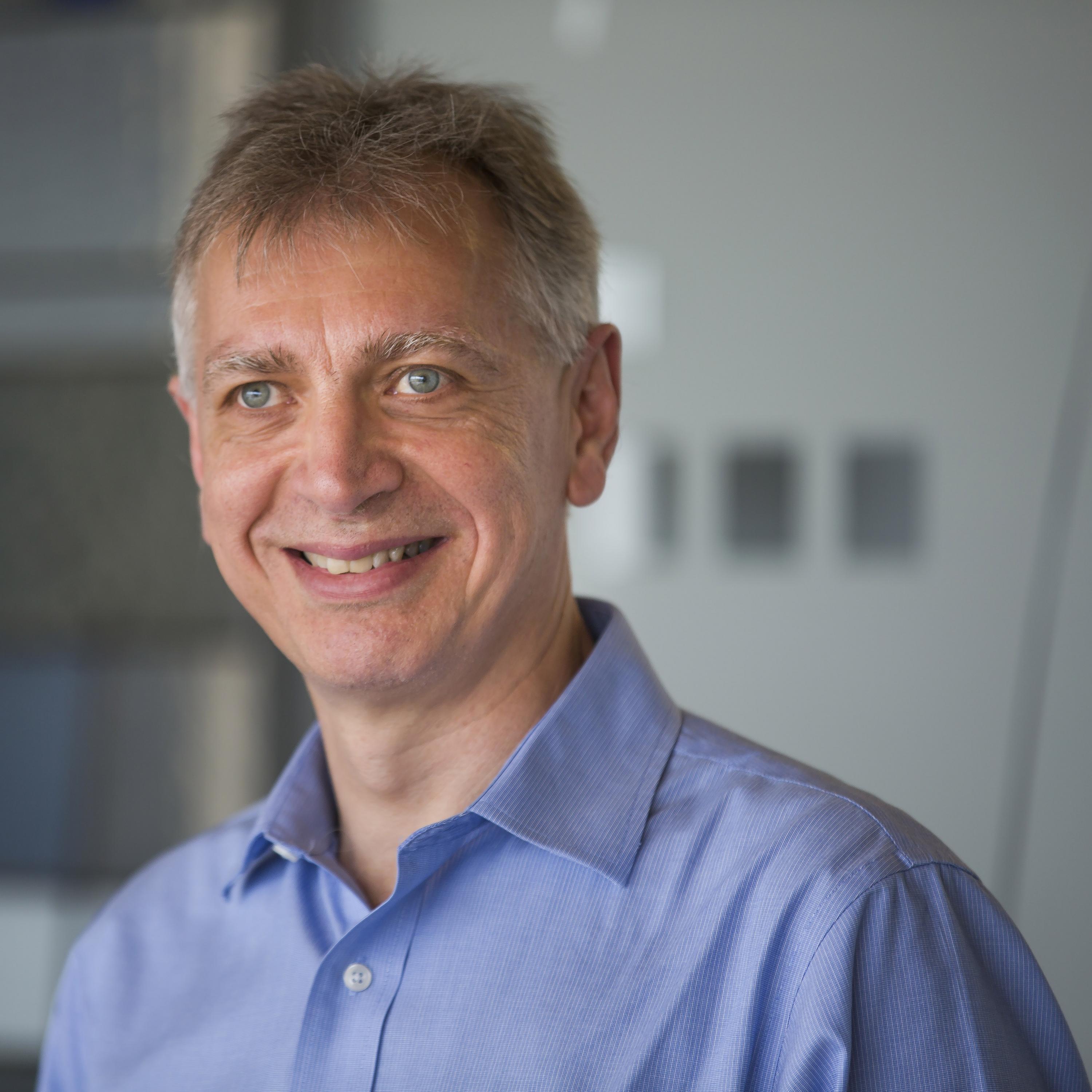In recent years, Atlanta’s transit agency has shored up its budget, expanded to new parts of the region, and garnered almost unprecedented support from Georgia’s policymakers.
Yet, ridership has been falling, and the system — known as MARTA, the Metropolitan Atlanta Rapid Transit Authority — hasn’t grown as quickly as the population it serves. After Amazon decided to build new headquarters operations in D.C. and New York City, some speculated Atlanta’s comparatively limited public transportation system might have been a factor.
Pascal Van Hentenryck, A. Russell Chandler III Chair and professor in the H. Milton Stewart School of Industrial and Systems Engineering (ISyE) at Georgia Tech, has a few ideas as to why MARTA has problems:
“The public system here is not as developed as in other cities,” said Van Hentenryck, a Belgium native. “It only has a few train lines, which were originally developed for other purposes. So, you’re really not connecting people to where they want to go. The necessary connections are just not there for low-ridership areas. But, thanks to new technologies and mobility models, MARTA has tremendous opportunities to change this.”
In the summer of 2018, Van Hentenryck left the University of Michigan to join ISyE and has already started working with MARTA and the Atlanta Regional Commission. His plan is to look at the transit system holistically and consider how it can scale. In addition to MARTA, that means bike lanes, walking paths, roads — all the ways people get where they’re going.
Van Hentenryck’s lab is working on optimization and machine learning algorithms that take into account congestion, driving behaviors and data collected from MARTA to create a simulation of mobility in Atlanta that can help local, regional and state policymakers.
You can read the rest of this article on the Georgia Tech College of Engineering website: https://b.gatech.edu/2XsZ9Lp.

